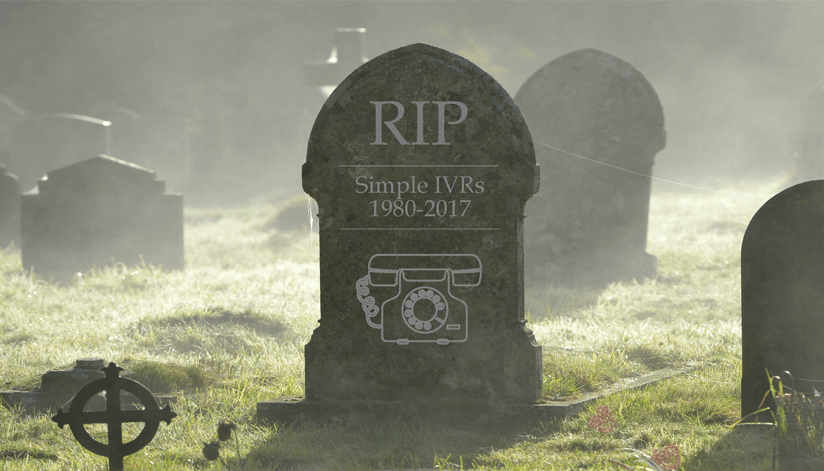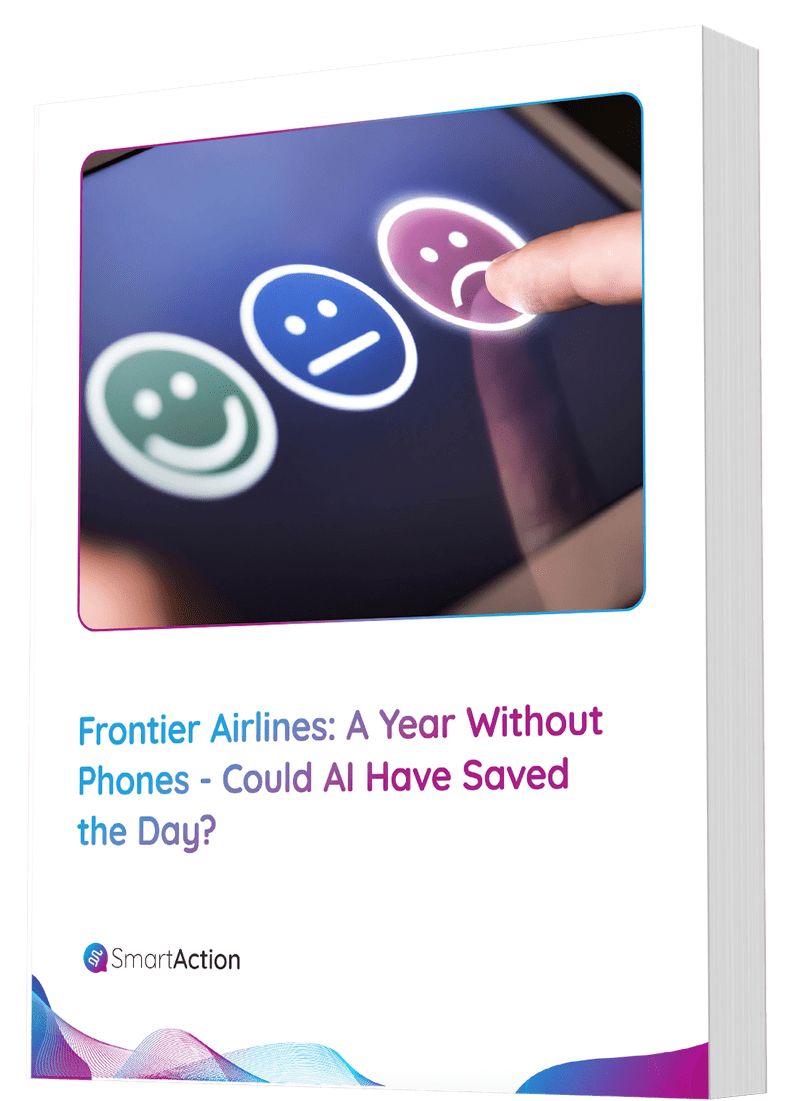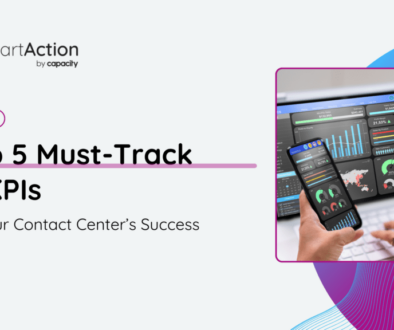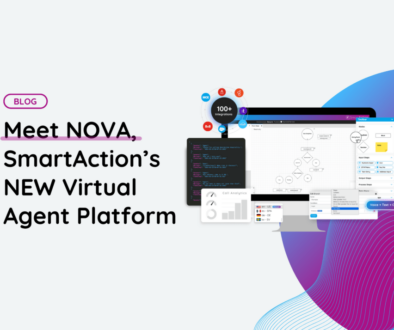The Story of Intelligent IVR
For so long, the call center business has been designing and implementing IVR self-service that isn’t very good. Brands make customers work hard to navigate annoying and often incomplete menus, training them to cry out for agents at the first hint of a robotic voice. In today’s world, customers just won’t put up with it anymore. Companies have to make it easy. It starts with opening up conversations, rather than limiting customers to rigid paths. But you cannot do this with a traditional, simple IVR system.
Traditional IVRs, much like many of the work processes in call centers, need to be built based on process flow diagrams that are designed in Visio. Generally, this call flow is essential to understanding all of the possible branches of the IVR as well as which prompts to record. But an IVR call flow can take a long time to create because of its natural sequential delivery – “Press 1 for X, press 2 for Y…” Every department wants to be ‘1’! Despite the battle for the top spot in an IVR tree, once the order is determined, using Visio to make the call flow really is not that difficult. Tedious, maybe, but not difficult.
Obviously, given their widespread adoption, there are many benefits to building these extensive diagrams. Preparation, consistency, reliability, thoroughness, and training are just a few of the positive outcomes. Operationally, call flows help to provide efficiency and efficacy within a call center. But they are rigid, limited, and restrictive. More importantly, call flows do not cater to the customers they serve; rather, they focus on the company’s infrastructure and place customers in silos with little to no flexibility to change their chosen path. If a customer decides halfway that they do not want to go down a particular path, too bad. That’s where the customer is going.
The question then becomes, “What is the alternative?” Let the conversation be open-ended. Good customer self-service is able to follow the customer’s lead and can provide better, less restrictive service rather than dictate the customer’s path. “Service” is really the key word, and it is where the shift in mindset must occur for call center managers: stop viewing IVR as a product that customers use to get themselves from Point A to Point B and start viewing IVR as a service that gets customers from Point A to Point B.
In order for IVRs to offer that kind of self-service, though, they must be equipped with the right capabilities. Any old IVR cannot simply become open-ended. This is where artificial intelligence really differentiates itself. Intelligent IVR is open-ended and company-specific without the added Visio paperwork and directed dialogue. Additionally, AI transforms voice self-service from a dumbed-down agent into an intelligent virtual agent that can answer complex inquiries at a cheaper cost and with less training. It truly becomes a service, and a useful one at that, because it is both customer-centric and knowledgeable.
So as we continue to navigate this new age of conversational applications powered by AI, it is important to remember the shortcomings of basic IVR systems. They are a shining example of technological restriction, inflexibility, and increased customer effort – exactly what not to do.






